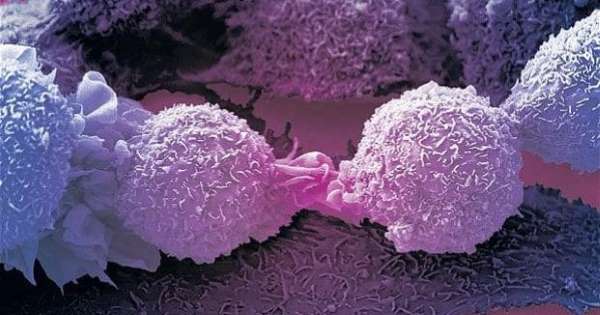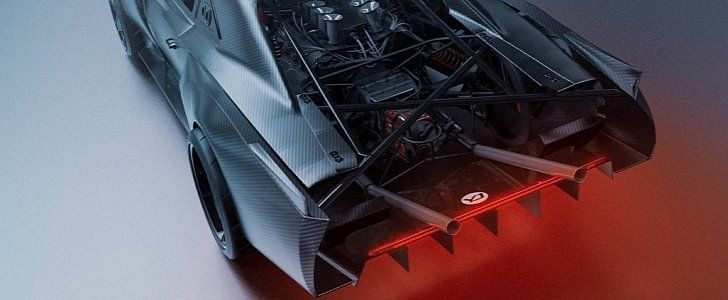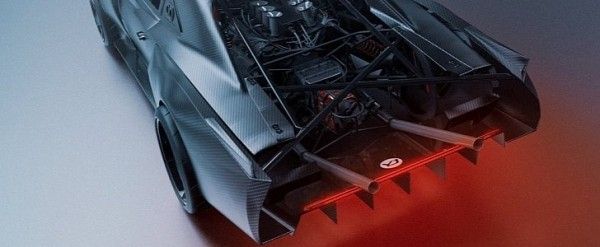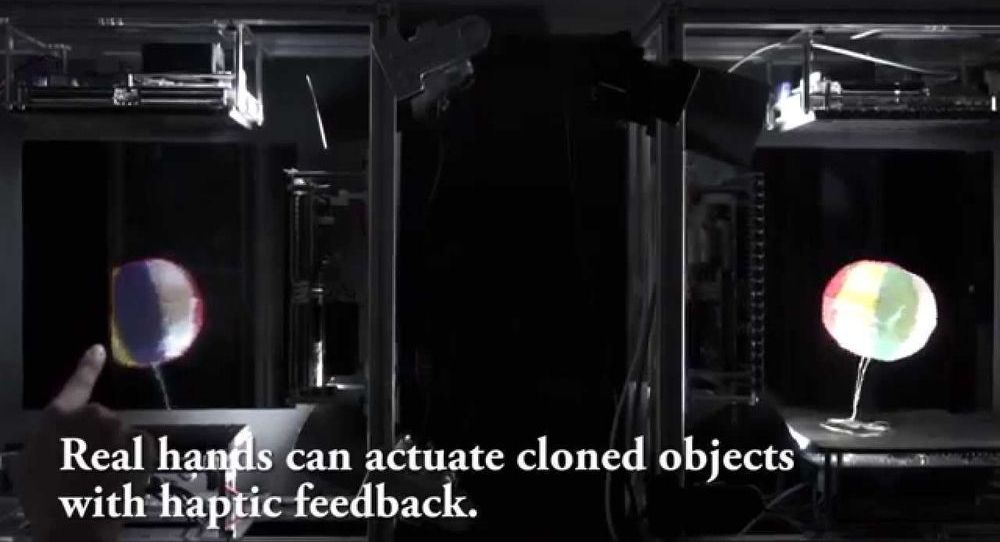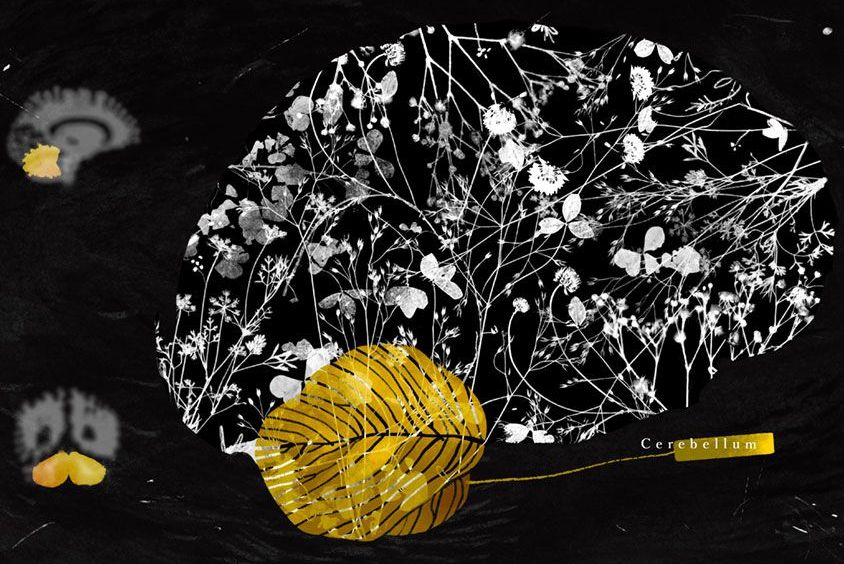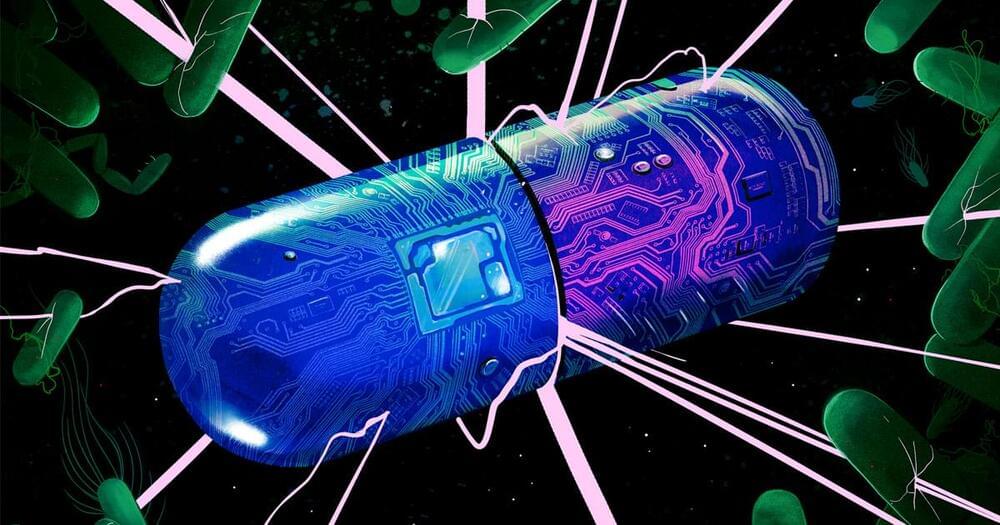Happy #InternationalWomensDay! As of March 2020, 65 women have flown in space. Of these, 38 have worked aboard the International Space Station as long-duration crew members. Women have contributed to construction of station, served as shuttle pilots and commanders, commanded station expeditions and participated in numerous spacewalks including the recent series of all-woman excursions. Women currently hold the record for the single longest spaceflight by an American and the record for cumulative spaceflight time by an American. Their ongoing achievements will contribute to NASA successfully landing the first woman and the next man on the Moon as part of the Artemis program.
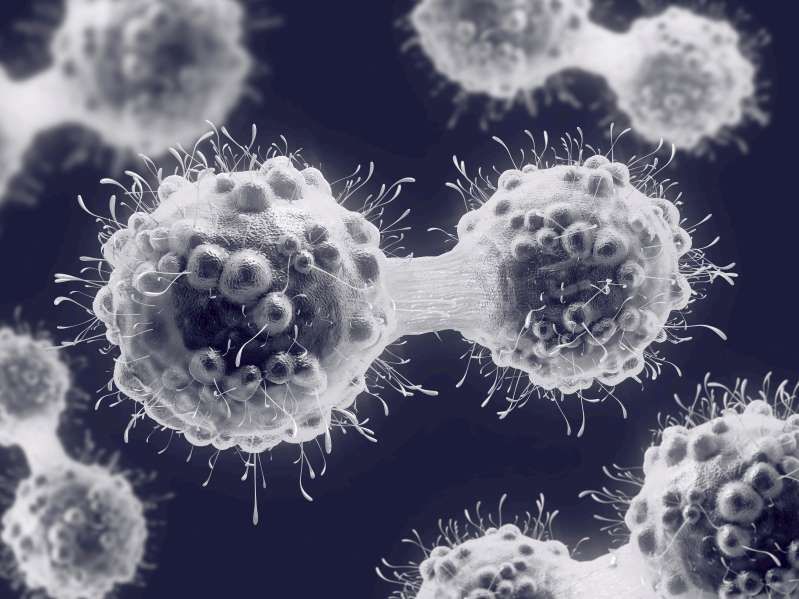 3D illustration of a cancer cell in the process of mitosis. A new type of immune cell which kills most cancers has been discovered by accident by British scientists, in a finding which could herald a major breakthrough in treatment.
3D illustration of a cancer cell in the process of mitosis. A new type of immune cell which kills most cancers has been discovered by accident by British scientists, in a finding which could herald a major breakthrough in treatment.
Researchers at Cardiff University were analysing blood from a bank in Wales, looking for immune cells that could fight bacteria, when they found an entirely new type of T-cell.
That new immune cell carries a never-before-seen receptor which acts like a grappling hook, latching on to most human cancers, while ignoring healthy cells.
It was with great pleasure that I glared at the rather revealing Batmobile teasers The Batman director Matt Reeves shared last week. The superhero’s future ride, previewed after we caught a glimpse at his future Batcycle, leaves the mechanical monster look of its recent predecessors behind, drawing inspiration from the contemporary muscle car customization culture instead.
A decision by the Italian authorities to place 16 million people into coronavirus quarantine descended into chaos on Sunday night as dozens of flights from affected areas were permitted to land in Britain.
More than a quarter of the population of Italy was placed on lockdown in a bid to stem the spread of coronavirus after deaths in the country rose by a third in a single day.
On Monday, Boris Johnson, the Prime Minister, will convene a Cobra meeting of his top ministers and advisers in the Cabinet Office as Britain braces for the full force of the outbreak.
ROME: Prime Minister Giuseppe Conte on Monday (Mar 9) extended measures to tackle the new coronavirus across the whole country, telling people to “stay at home” and banning public gathering as well as Serie A football matches.
The unprecedented measures covering the entire Mediterranean nation of more than 60 million people came after Italy reported 97 more deaths that took its toll to 463.
In the 1970s, physicists uncovered a potential symmetry that united all the kinds of particles in our universe. This connection, known as supersymmetry, relies on the strange quantum property of spin, and could help unlock a new understanding of physics.
Long known as the director of movement, the cerebellum may also coordinate social and cognitive abilities, including those central to autism.
To combat resistant bacteria and refill the trickling antibiotic pipeline, scientists are getting help from deep learning networks.

